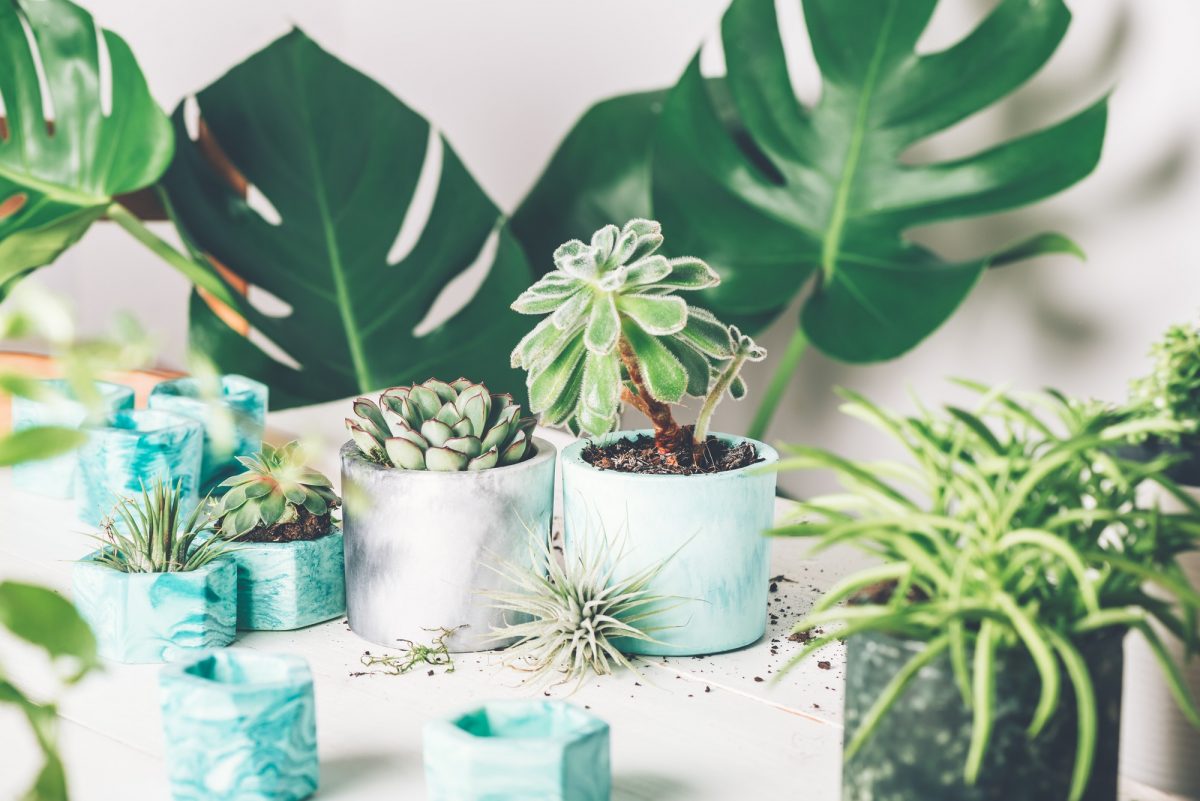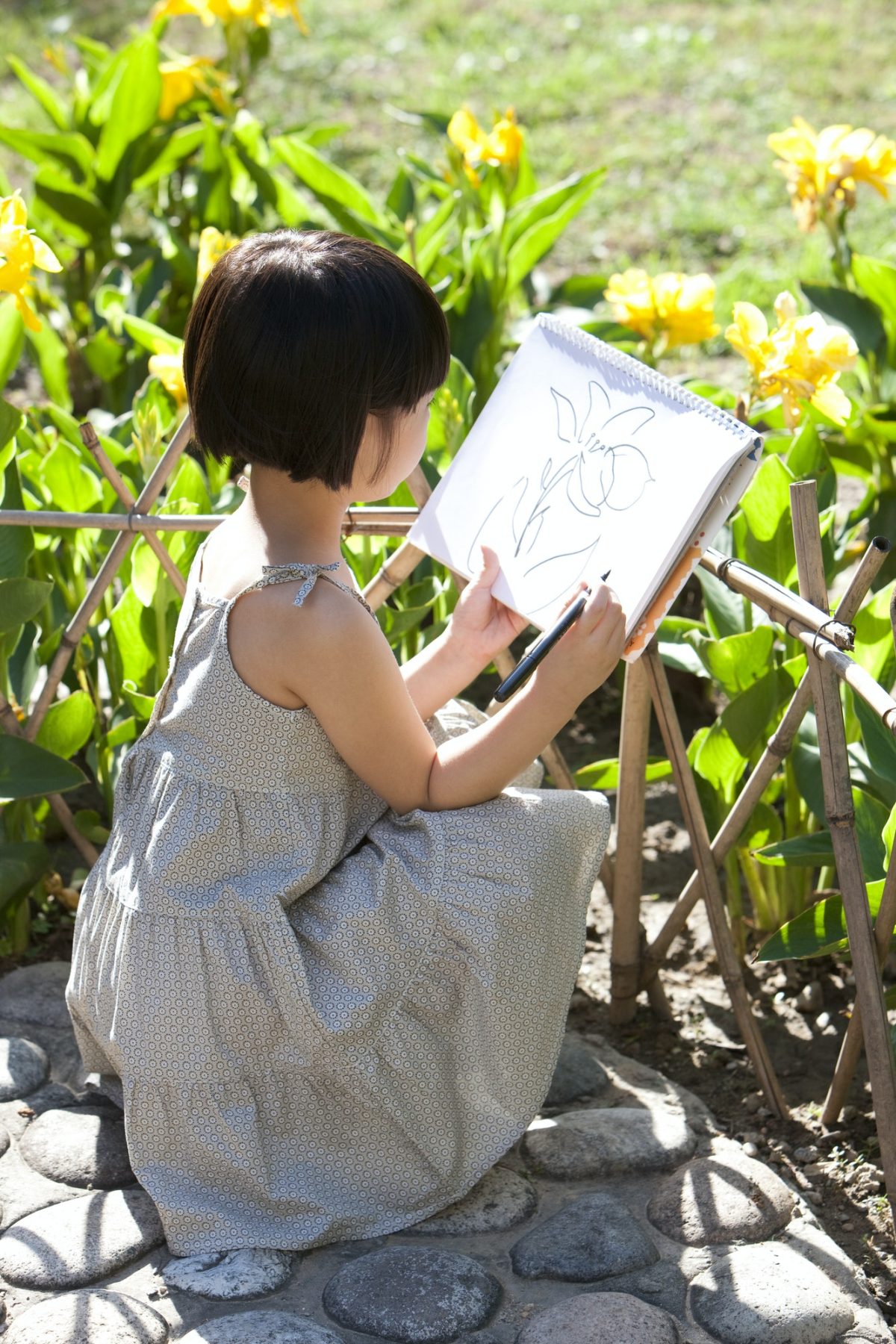Plants are eukaryotes that produce oxygen from the carbon dioxide they breathe. They belong to the kingdom Plantae. While historically, the plant kingdom included all non-animal living things, the current definition excludes fungi, algae, and some prokaryotes. Depending on the definition, plants can be either flowers or ferns. Their name refers to their ability to grow and reproduce. Some of the most famous and beautiful plants are ferns and bamboos.
Although they don’t produce food, plants still produce oxygen. This is essential to their survival. Because they produce oxygen, plants use chlorophyll to create food. Their cell walls are more rigid, supporting the whole structure. Even after their reproductive parts mature, plants continue to develop new parts. This allows them to survive and reproduce for decades. In addition, they can survive in any type of environment. The diversity of plants on earth means that there is a plant for every part of the planet.
The number of species of plants on earth is estimated to be about 320,000. While the exact number of species is unknown, the green plants provide a large portion of the world’s molecular oxygen and are the basis for most ecosystems on Earth. They produce fruits, vegetables, and grains, which are the basis of human diets. Many people have domesticated plants for millennia. In addition to food, plants have cultural uses as well. From medicines to psychoactive drugs, plants have been a part of human life for thousands of years.
Plants are essential to any ecosystem. While they cannot move when the environment changes, they do need space to thrive. Without a proper place to grow, plants can’t function properly. They need sunlight to grow and must get nutrients from the soil. They also serve as decomposers, breaking down dead materials and waste. In addition to being essential to any ecosystem, plants also need a certain amount of space to reproduce and flourish. The size of the ecodome will determine the amount of space needed for plants.
When plants reproduce, they can produce solitary flowers or clusters of flowers. Some plants produce flowers in clusters, while others produce flowers in single flowers. A flower is composed of a receptacle on the stem. The receptacle contains the male pollen, female ovules, and nectar glands. A perianth is the outermost layer of a flower, which supports the reproductive organs.
Plants need water to survive. In addition to photosynthesis, water also helps move nutrients from the soil. In contrast, too little water will cause the plant to dry up and wilt. A plant’s roots need water to survive and grow. To make a plant grow, it needs water. Too much water can kill the plant and cause the roots to rot. It also needs nutrients in the soil. The amount of sunlight a plant needs will depend on its size.



